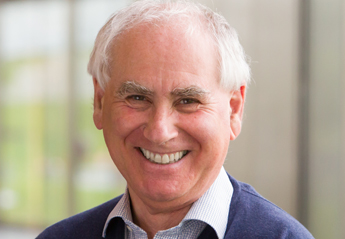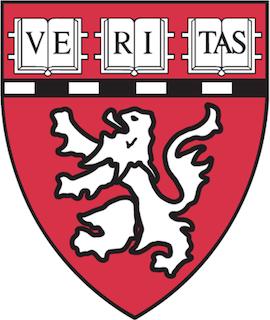
Tom Rapoport, Ph.D.
Tom Rapoport, Ph.D., joined the faculty at Harvard Medical School in 1995. He received his Ph.D. in Biochemistry from the Humboldt University in East-Berlin for work in enzymology. He then focused on mathematical modeling of metabolism, for which he received his second degree (Habilitation) from the same institution. Before moving to the US, he worked at the Central Institute of Molecular Biology of the Academy of Sciences of the GDR and later at the Max-Delbrueck Center for Molecular Medicine in Berlin-Buch. In 1997, he became a Howard Hughes Medical Institute Investigator.
The Rapoport Lab is interested in the mechanisms by which proteins are transported across membranes, how misfolded proteins are degraded, and how organelles form and maintain their characteristic shapes. Most of the projects center around the endoplasmic reticulum (ER). One project concerns the molecular mechanism by which proteins are translocated across the ER membrane or across the plasma membrane in bacteria and archaea. Much of the current work deals with ERAD (ER-associated protein degradation), a process in which misfolded proteins are retro-translocated across the ER membrane into the cytosol. Major questions concern the mechanism by which proteins move across the membrane and are extracted by the Cdc48 ATPase. Another project concerns the mechanism by which ER morphology, specifically the tubular ER network, is generated. More recently, the Rapoport lab has started to study how proteins are imported into peroxisomes, and how lung surfactant proteins generate lamellar bodies. The lab employs a variety of different techniques, including biochemical methods, such as reconstitutions with purified proteins, and structural biology methods, including X-ray crystallography and cryo-electron microscopy.
Harvard Medical School
Dept. of Cell Biology, LHRRB 401
240 Longwood Avenue
Boston, MA 02115
Lab phone: 617-432-1612
Proc Natl Acad Sci U S A
View full abstract on Pubmed
J Cell Biol
View full abstract on Pubmed
Cell
View full abstract on Pubmed
Proc Natl Acad Sci U S A
View full abstract on Pubmed
Nature
View full abstract on Pubmed
